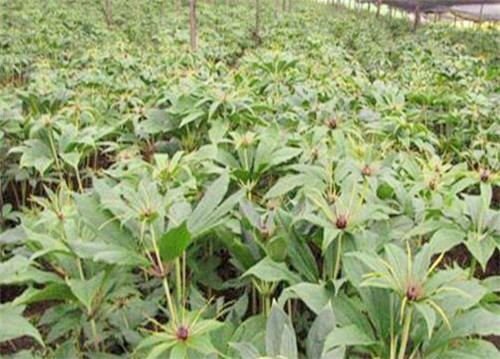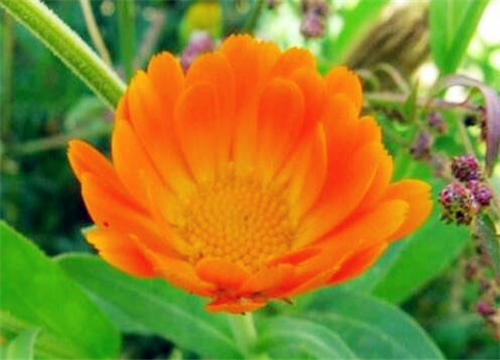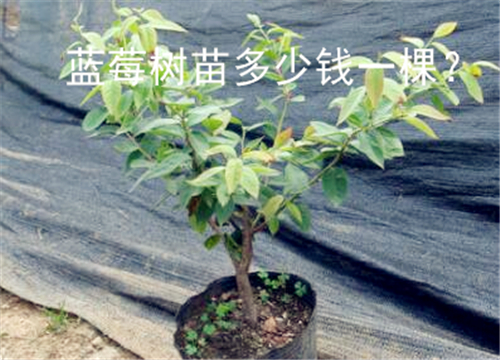Introduction to planting techniques and pest control methods of Paris polyphylla (seven leaves and one branch flower)!
Chonglou, also known as seven leaves and a flower, is a perennial herb with the effects of anti-inflammation and pain, promoting blood circulation and dispersing blood stasis, clearing heat and detoxification, and is a powerful Chinese herbal medicine. With the continuous consumption of wild heavy buildings, while the demand for it is increasing, its price is also rising, and many people choose to plant it, so the editor will introduce to you the planting techniques and pest control methods of heavy buildings:

First, the planting conditions of heavy buildings
Zhonglou is a perennial herb of Liliaceae. It is a perennial rhizome with one-year inverted seedlings of stems and leaves. It has a longer overwintering period and a shorter vegetative growth period, because it has a longer reproductive period.
The growing environment is warm, joyful and shady, but it is also afraid of frost and low sunlight. It is suitable for growing in the annual average temperature of 11 ℃ and annual average rainfall of 900-1100mm. It has high medicinal value and good market prospect.
The planting land of heavy buildings should choose sandy loam with deep soil layer, good drainage, loose and fertile loam. The planting of heavy buildings does not require deep ploughing, but only rakes the land and levelles the beds before planting. Just apply enough base fertilizer.
Rhizome propagation is generally used in heavy buildings. Put the root in each hole and cover the fine soil. Spraying soil surface with new high fat film can protect soil moisture, prevent moisture evaporation, prevent sun and drought, keep heat and freeze, prevent soil layer from hardening, suffocate and isolate the source of diseases and insect pests, and improve the rate of seedling emergence.
Cake fertilizer and plant ash should be used to fertilize heavy buildings. Weeding and loosening the soil should be done before each topdressing. When there is little rain and drought, watering must be carried out in the morning and evening to make the seedling leaves of the heavy building grow normally. Spraying the medicinal material Gandaling at the right time can transport the photosynthetic products (nutrition) to the root system, improve the nutrient conversion rate and the ability of loosening soil, make the rhizome expand rapidly, and the medicinal content is greatly increased.
Second, the planting technology of heavy building
1. Land selection and preparation
Heavy buildings like warm and shady environment, but they also need a certain amount of light, so when choosing planting land, we should choose sloping land with short sunshine time, and the soil had better be loose humic land. The root system of the heavy building is not deep, so it is necessary to turn it shallowly during soil preparation, and make soil moisture after applying sufficient basic fertilizer, which is generally 1.5 meters wide and about 30cm high, and then mix the base fertilizer and soil evenly, flatten it and wait for sowing.
2. Sowing seeds
Chong Lou can be propagated through seeds and rhizomes. The time of sowing is in May. Before sowing, the seeds are soaked in clean water for one day. After being sown and disinfected with plant ash, the seeds are sown. When sowing, the ponds are dipped on the ground. Generally, the ponds are 3-5cm and the distance between ponds is 30-35cm. Sow two or three seeds in each pond, cover the soil in time after sowing, and water the soil according to the dry and wet condition of the soil. Generally, seedlings can emerge after a week.
3. Seedling management
It should be managed in time after emergence, generally sowing in the first and middle of May, for seedlings and time seedlings or supplementary seedlings in late May, pour water before the seedlings, and then dig out the seedlings with tools, be careful not to damage the root system. The same is true when replenishing seedlings, it is necessary to irrigate the fixed root water once, make full use of the seedlings, and maintain a certain planting density so that they can grow rapidly.
4. Ploughing and weeding
The planting soil of the heavy building is required to be loose, and the root system of the heavy building is relatively shallow, so we should pay special attention to loosening the soil and weeding. In the rainy season, the soil is very easy to agglomerate, which hinders the growth of the root system and makes it difficult to breathe, so it is necessary to drain and prevent waterlogging in time. Ploughing frequently and loosening the soil shallowly to ensure the permeability of the soil and make the root system grow normally. In addition, weeding is also necessary to prevent poor growth caused by weeds grabbing nutrients. When weeding, the root system must be pulled out clean, so as to avoid resurgence.
5. Fertile soil management
The growth law of the heavy building is that the plant blossoms, and the lower tuber will expand rapidly, so when the growth is exuberant, it is necessary to provide adequate nutrition, generally in June-August, so it is necessary to apply fertilizer in time in early June to ensure the growth. The soil can be cultivated by applying farm manure and organic fertilizer as far as possible, applying completely mature farm manure 2000-3000kg per mu and applying 20-30kg calcium fertilizer per mu.
III. Disease and pest control methods of heavy buildings
1. Prevention and treatment of black class disease in heavy buildings.
The disease starts from the leaf tip or base, producing round or subcircular disease classes, and sometimes the disease spreads to the flower axis, resulting in leaf blight and stem blight.
Prevention and control measures: pay attention to drainage and dehumidification, reduce air humidity, reduce the incidence of the disease; at the initial stage of the disease, spray 1% fennel dewatering agent 300-500 times, or 50% methyl thiocarbamate suspension 1500 times, or 50% proohydantoin wettable powder 1000, 500 times, any one has a good effect.
2. Control of stem rot of Rhizoctonia lanceolata.
The disease often occurs in the seedling bed stage, and the harm is more serious in the high-temperature and humid field stage. First, the yellow-brown disease spot occurs at the base of the stem. After the disease spot expands, the leaf tip loses its drooping under water, and when it is serious, the stem base falls down with wet rot.
Control measures: rotate with Gramineae crops for more than 3 years; spray 1000 times of carbendazim wettable powder on the seedling bed before transplanting as "marriage medicine"; remove diseased seedlings; irrigate ponds with 1000 times of 95% dimethazone wettable powder in the early stage of the disease in the field, once every 10 days, continuous irrigation for 2 times.
3. Prevention and control of heavy building beetles.
The beetle harms the leaves with adults (fried bean worms) and bites the stems with larvae (Bombyx mori), affecting the growth of heavy buildings.
Control measures: trapping adults with torches at night, or spraying trichlorfon with fresh vegetable leaves on soil moisture to trap larvae, interferon, pheromone trapping and other measures. When preparing soil moisture, 5% phoxim granules 1.5 kg per mu, or 3X furomatan granules 2Mel 3kg per mu.
Time: 2019-03-13 Click:
- Prev

When is the best time to sow calendula? Explain the matters needing attention in planting calendula at 3 o'clock!
The leaves and petals of calendula are edible and are often used as the decoration of dishes, with the effect of clearing away heat and detoxification, promoting blood circulation and regulating menstruation. Many friends start planting when they see the value of calendula, but they don't know when to sow the seeds. Today, I will explain in detail the matters needing attention in the planting of calendula.
- Next

How much is the blueberry sapling now? Planting these four varieties is the best!
Needless to say about blueberries, I believe many people have eaten blueberries. Blueberries look small, but they are rich in nutrients, which can protect eyesight and are the fruit with the best anti-cancer effect. The price is rising every year. A small box can be sold for 25 yuan. Many fruit growers see the prospect and start planting blueberries.
Related
- Fuxing push coffee new agricultural production and marketing class: lack of small-scale processing plants
- Jujube rice field leisure farm deep ploughing Yilan for five years to create a space for organic food and play
- Nongyu Farm-A trial of organic papaya for brave women with advanced technology
- Four points for attention in the prevention and control of diseases and insect pests of edible fungi
- How to add nutrient solution to Edible Fungi
- Is there any good way to control edible fungus mites?
- Open Inoculation Technology of Edible Fungi
- Is there any clever way to use fertilizer for edible fungus in winter?
- What agents are used to kill the pathogens of edible fungi in the mushroom shed?
- Rapid drying of Edible Fungi

